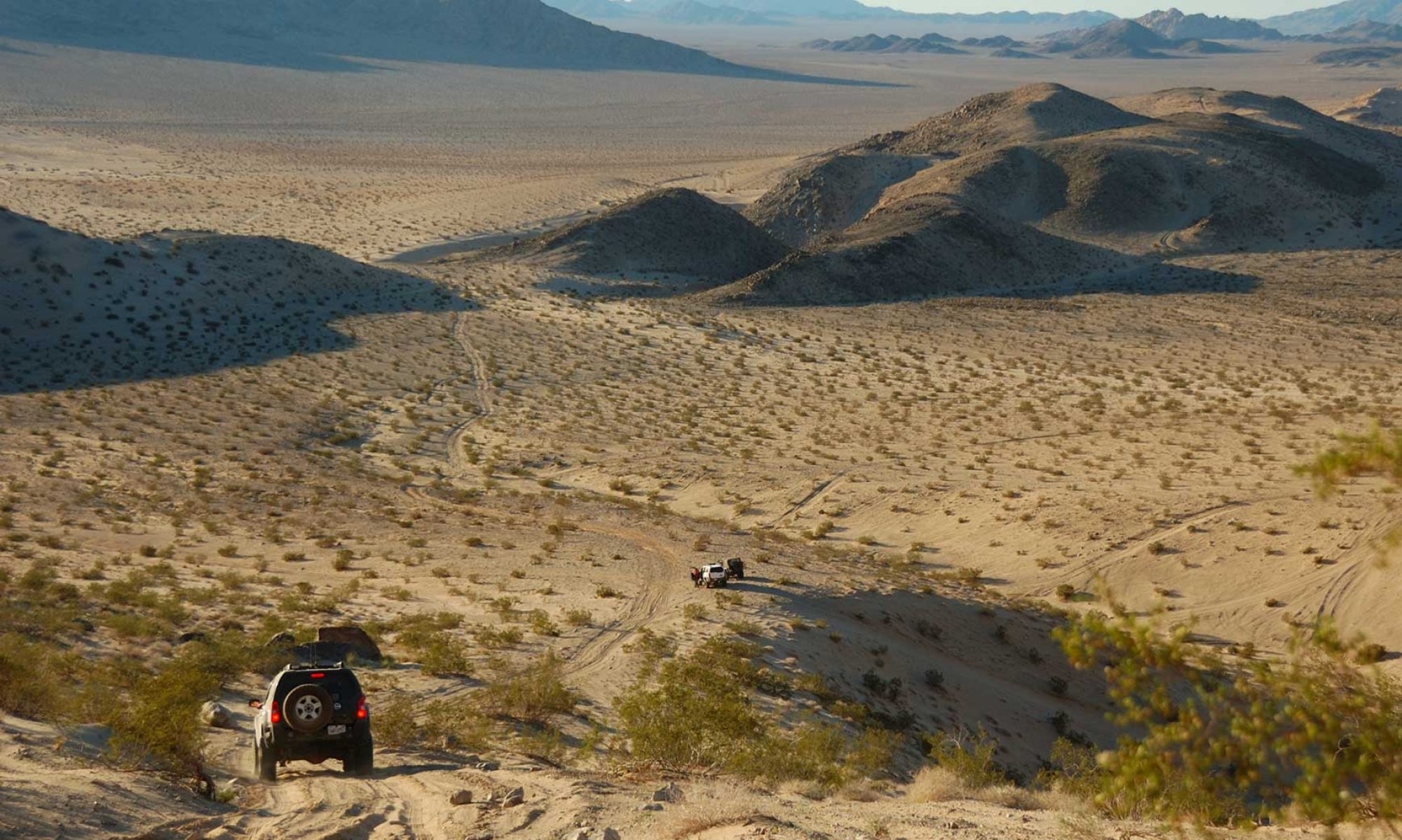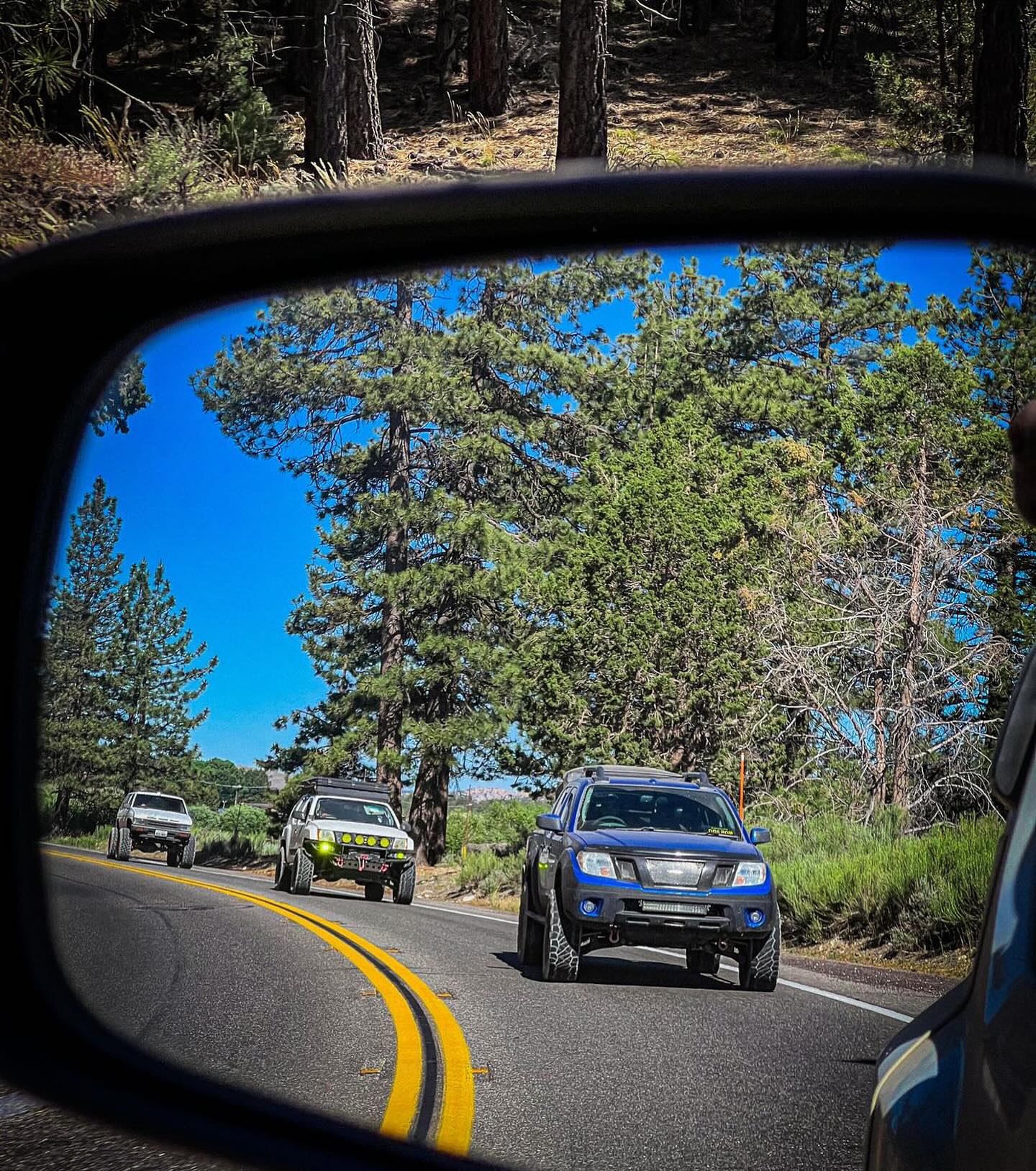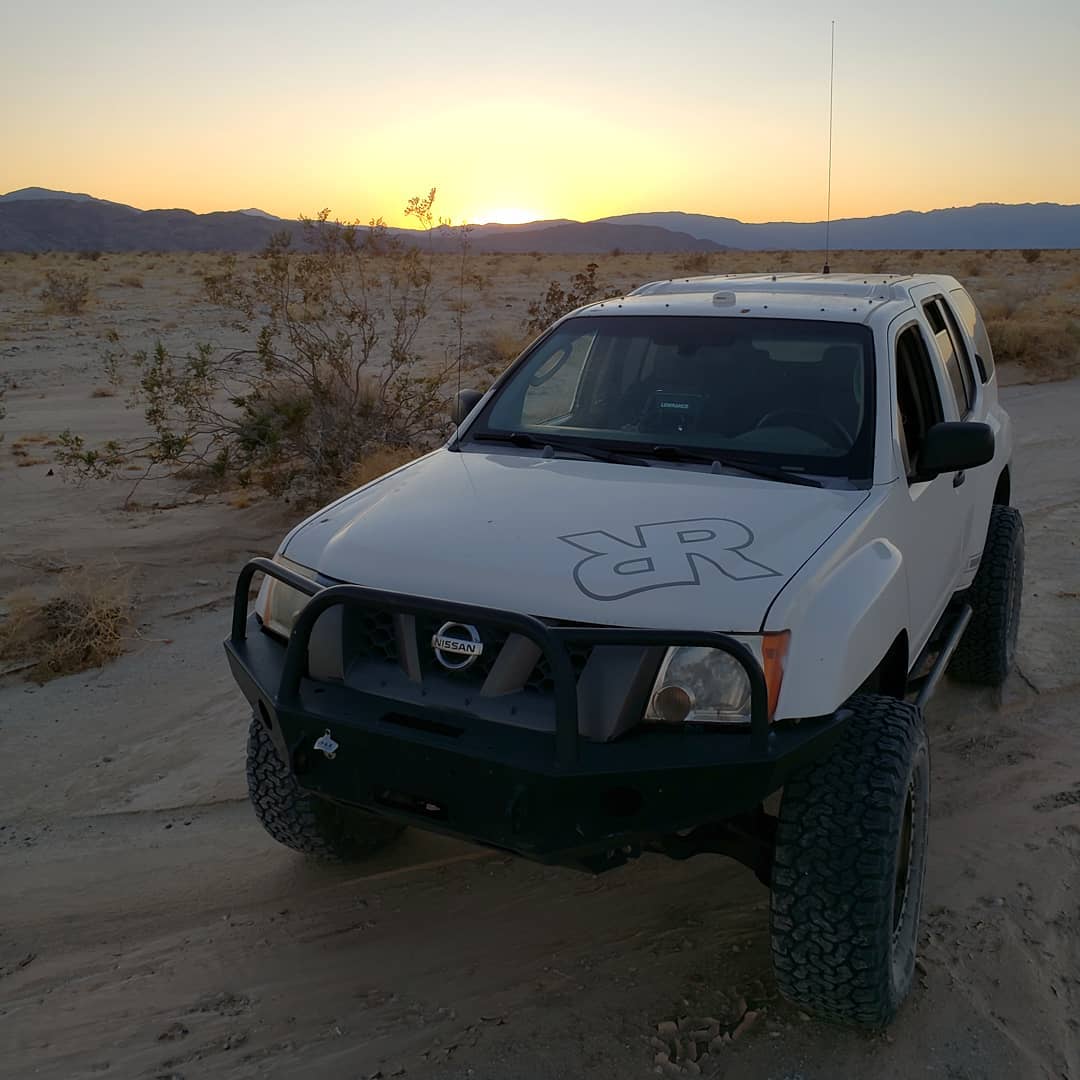Summer is here and although I’ve been working quietly on some big changes over the last few months, I did manage to get out and meet up with a few fellow Nissan off road enthusisats over the weekend. It was really nice to put some real life faces with names after so long. It’s kind of crazy how the long lasting effects of covid has really shook up the social aspect of this niche part of the offroad world. I used to hit the trail mcuch more often and with much larger groups many years ago… where is everyone? It’s been obvious that there has been a lot of turnover in the owners of these trucks and a new wave of builds are in process. A new beginning.
It’s been interesting to see the changes over the last handfull of years as people move on to other things while others pick up good deals on used trucks and start to enjoy the outdoors in ways they otherwise may have never done.
I’m 18 years into helping support these nissan 4×4’s in the aftermarket, but supporting those that need the help has actually become more challenging from an educational perspective. I absolutely love teaching people stuff. But it’s been harder to get across to people as the social platforms have shifted from forums to social media… primarily facebook and instagram.
These platforms keep many people in touch on the very surface, unlike the information collaborations of the forums from yesteryear. the current social media platforms seem to really promote overglorified simplicity.. Although we see genuine trail photo mashups and videos that look cool and have awesome recaps (Check out @Terra_Xpedition on IG), It’s not easy do to help others learn the do’s and dont’s of a build.
When I see these types of questions pop up on Facebook for instance.. I do what I can to help, but as you can probably imagine, I end up having the same conversations with different people over and over… which can be frustrating and not very progressive.
Beyond teaching,,, I love building, thinking outside the box and figuring out the next cool thing.. which is hard to do when your time gets soaked up talking in circles.. There must be another way. I do have some solutions in mind, both on-line and off-line. Off-line I think running some trails and talking about things over lunch is one of the best ways, but we aren’t always able to get together to weather it be due to distance or scheduling. So I thought doing an online open Q&A Zoom meeting could actually be kind of cool. We could do it in the evening and just see where things go. I realize that these methods don’t build a reference to look back on in the future, but it’s seems like a fun start while more sustainable options brew. More on that another time. Just know that Lots is happening behind the scenes, and if these e-mail updates aren’t coming very frequently, I’m not kick’n back twiddling my thumbs… i’m working.. always working on something. Sometimes with Nissans in mind, Sometimes looking at the offroad industry with a wider lens (http://ruggedroutes.com). but never idle.
Feel free to reach out with your thoughts.
A final note: Independance day is here, and many brands are offering discounts that I can also offer. As you can imagine, updating every price on the website that has an applicable discount for a 4 day sale meanwhile I’m building a whole new more modern website as quickly as possible, doesn’t seem like a wise use of time. However, Radflo shocks are 10% over the next few days. If there are other brands of parts that you’re interested in purchasing this week, please send me an e-mail using the form here: https://ruggedrocksoffroad.com/index.php?route=information/contact and I’ll see what I can do for you.
Thank you for your continued support as I’m looking forward to getting out a bit more this summer and overall just keeping hyped out about how cool the stuff on my plate is behind the scenes here.
Lots to build, so little time,
-Steven Lutz



